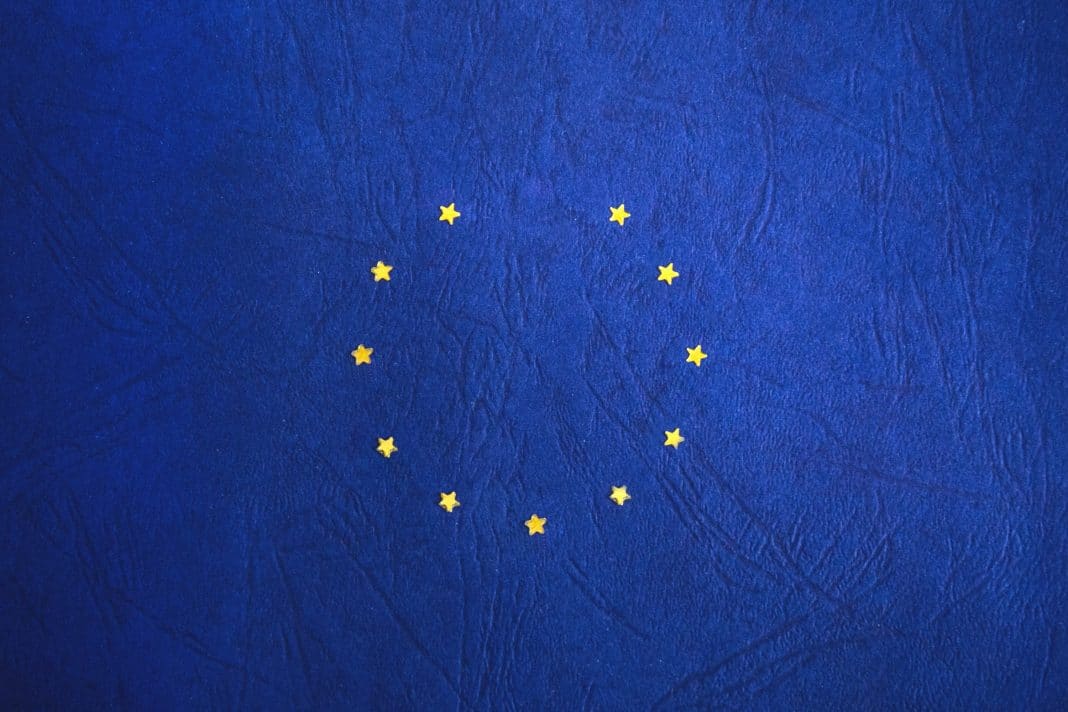The European Union has announced a plan to become carbon neutral by 2050. The plan outlined in the European Green Deal was drafted to meet the EU’s commitment to the Paris Climate Agreement.
The Paris Agreement aims to keep the Global Temperature increase to less than 2°C. However, now there is legislation in the union to pursue the goal of 2°C.
Each member state is to devise its own plan of action to reducing emissions.
Plans of Action
The plan is to impact many of the sectors within the member states. The automobile industry will be subject to major changes as diesel and gasoline cars are to be phased out by 2035. In addition, both electric and hydrogen charging stations will be required to be installed along major highways, spaced 60 kilometers apart.
Carbon Taxes
The EU is also looking at introducing carbon tariffs on products being made outside of the EU, where emission laws are less strict. Previously, G20 leaders had been discussing carbon pricing and tariffs as a useful mean to combat climate change. The mindset surrounding carbon pricing has changed, which can only aid in the fight against climate change.
As a result, it will encourage EU member states to import goods locally. Initially, the carbon tariffs will affect natural resource sectors such as iron and steel followed by other sectors.
It will be difficult for smaller union states to adjust their economy to match the demands of the EU. The nations who rely on importing natural resources from outside the EU will be affected the most and may cause the negotiations to falter.

